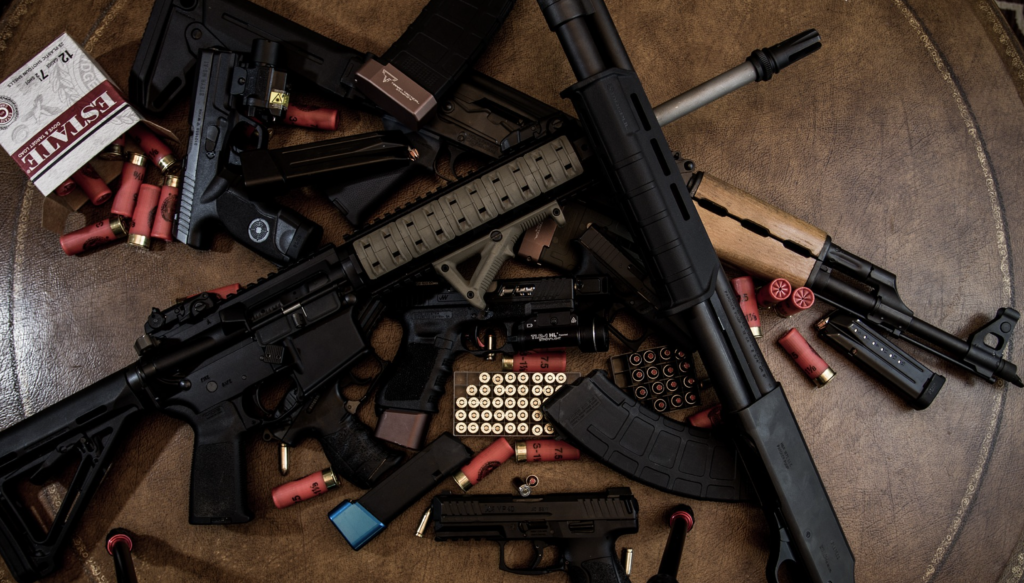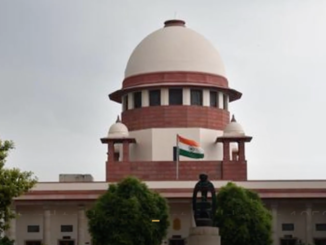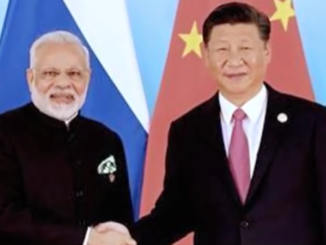
Introduction
Throughout the discourse of Revolution in Military Affairs (RMA), the technological aspect seems to have overshadowed the strategic aspect. Technological advancement is largely viewed as a game changer in military affairs. The development of sophisticated technologies with high end precision has revolutionized the military warfighting capabilities. Having said that, it seems that the revolution in military affairs is always characterized by breakthroughs in technological domain. But this could be the partial truth because alongside technology, strategy also plays its part. The role of strategy in instigating a revolution is often overlooked and consequently it impedes rational analysis.
The following paper seeks to provide a thorough understanding of the strategic aspect dominating the realm of RMA. The paper will also analyse the impact of US strategy of securitizing terrorism in the aftermath of the September 11 incident, and how this strategy paved the way for revolutionizing the military’s functioning. Furthermore, it also intends to highlight the pervasiveness of the MIC’s influence in the nation’s policy circles and how these trends shape the contours of RMA. Lastly, the paper seeks to address one of the most pressing issue of how the securitization of terrorism led to an all new form of Asymmetric and Irregular warfare that has not just dominated all the traditional characteristics of warfare but has made the conventional war-fighting strategies almost obsolete.
Drawing upon the theory of securitization to describe the transitional phase of terrorism from an area of low politics to the one in higher politics, the paper will also employ neo-classical realism to explain policy choices made in the post 9/11 era. Furthermore, the role of MIC’s as a formidable interest group in the US political process, shall be assessed through the lens of Elite power theory.
Terrorism Securitization Post-9/11
The events of 9/11 and the period of terrorism securitization following these events, has shackled international politics. Terrorism dominated the entire security realm and was elevated as an issue of high politics. Securitization theory, “that has taken impetus from constructivists school of thought argue, that an issue can only qualify as a security issue when it poses an existential threat to the security of the referent object.” Furthermore, the whole process of securitization is carried out in collaboration of various factors like ‘Speech Act’, ‘Securitizing Agent’, ‘Securitization Move’, ‘Facilitating Conditions’ and most importantly the ‘Role of Audience’.
In the context of securitization of terrorism post 9/11 attacks, the US seems to have accomplished its policy objectives. She has successfully mobilized public opinion, made interventions abroad under the pretext of fighting terrorism and promoting democratic liberal values, promoted global WOT, punished the Rogue States, and consequently has established its global reach through extensive military expansionism.
Subsequently, this strategic breakthrough in US policy has contributed a great deal in defining the future of warfare – as terrorism was been labelled as an ever-lasting threat to the global security. Following this period of securitization, the nature of warfare was once again transformed. High tech weapons, sophisticated intelligence, precision guided strikes have been locking horns with low-tech petty warfare. Thus, the said strategy has revolutionized the military’s role and functioning.
Role of MICs
Military Industrial Complex (MIC) – as proposed by C. Wright Mills in his theory of Elite Power – has remained an influential interest group within the policy framework of the US and elsewhere in the world. According to the aforementioned theoretical construct, vested corporate interests are embedded in the very structure of the political process and thus corporations benefit from the presence or even the perception of an enduring threat. Likewise, the definition of ‘national interest’ cannot be evaluated in isolation, rather it must be synchronized with the ‘elite interests’. Thus ‘national interests’ are redefined so as to incorporate varying degrees of threats-by various corporate elites that might call for extended role of military, expansionism and intervention, for the sake of profit maximization; as it happened in the post 9/11 era.
During cold war and post-cold war era, MICs faced a huge cut in military spending. But the event of 9/11 was a critical juncture for these MICs to extract maximum gain by influencing and advocating policy options that could interpret the said attacks as a long-term threat to security, thereby encouraging weaponry to be utilized and the role of military-intelligence bureaucracies to be entrusted for combatting this global war on terror.
Irregular and Asymmetric Warfare
The strategic thinking that preceded the War on Terror (WOT), has managed to portray terrorism as an enduring threat to the security and stability of the entire world generally and to the liberal values of the West specifically. This has called for a robust response from the US, its allies and the international community, in the form of global militarization and the production and employment of decisive technologies. The growing asymmetry between the adversaries as a result of military modernization programs have opened new avenues of conflict. Such a type of warfare constitutes the conflict between the state and non-state actors. Unlike the previous wars where both the parties to the conflict were considered as legitimate actors of international system, the new wars play by the rule of discrimination because the terrorists or the non-state actors do not qualify as a legitimate authority to wage a war.
Moreover, the terrorism securitization has also brought to the fore the justification for small wars and COIN operations. The borders between the counterterrorism and counter-insurgency has been blurred as the courtesy of global WOT. Furthermore, under the guise of combatting global terrorism the distinction between the freedom fighters and the terrorists has also been removed. Thereby providing a justification for the enhanced military role within and outside the state’s territorial sovereignty.
Conclusion
The securitization of terrorism followed by the global WOT along with an unprecedented role of MICs has transformed the nature of warfare and has revolutionized military roles, responsibilities and war fighting capability. It implies that the strategic construct pushed the military revolution that has transformed the traditional combat military into one with a more influential and expanded role both domestically and internationally. Subsequently new wars rely more on soft and smart power rather than the traditional hard power. Psychological, irregular, information, cyber and economic warfare have now become more tempting for states rather than conventional warfare. Non-state actors, NGOs and INGOs have been empowered in an unprecedented way to a level where they can actually influence policy decisions and in extreme cases, have the potential to challenge the writ of the state.
![]()




Be the first to comment